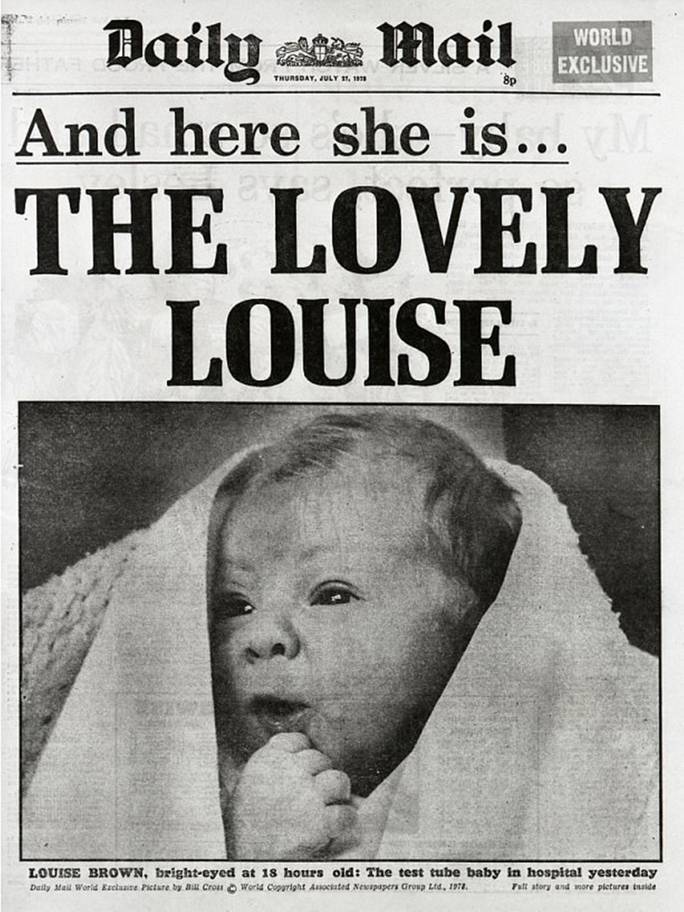40 Years of IVF: Looking Back and Looking Forward
We have come a long way in the past four decades. There is a good chance you are reading this on a mobile device and do not remember the last time you searched your pocket for change to deposit in a pay phone.
One thing that individuals, couples and families have had in common for the past 40 years is the possibility of using In Vitro Fertilization (IVF) to conceive. The first procedure used to fertilize an egg outside a woman’s body was undertaken 40 years ago and doctors continue to perfect it today.
November 1977: The First “Test Tube Baby”
The idea of a baby being conceived outside of the human body was mind-blowing in 1977. On November 10, 1977 Lesley Brown and her husband John became the first couple to conceive via IVF. Their daughter Louise came nine months later. IVF was a godsend for the couple who had struggled with infertility for the previous nine years.
More than 6,000,000 babies have been born around the world with the help of IVF since that first successful procedure took place. It is truly amazing to stop and think about the millions of lives that have been touched as a result of IVF helping people to overcome infertility.
The Future of IVF
The success rates of IVF today vary greatly depending on the patient’s age. Doctors will continue to focus on finding innovative techniques to increase the success of IVF for women in their late 30s and early 40s.
The cost and availability of IVF is something to keep an eye on in the future. It may become more common for health insurance plans or national health services to cover at least some of the cost of IVF treatments. This would go a long way toward making the treatments available for more couples. Countries such as Ireland now offer financial aid for couples struggling to afford IVF and other fertility treatments.
IVF has also opened the door to medical innovations such as combining genetic material in a way that lessens the risk of passing on dangerous genes to babies. This was the case in 2016 when the world’s first three-parent baby was born with the help of IVF. The baby’s mother carried the genes for Leigh syndrome – a fatal nervous system disorder – that can be passed on through reproduction. An additional egg was used during IVF in order to avoid her mitochondria passing on the potentially-fatal gene.
The rapid pace of scientific advancement makes it nearly impossible to pinpoint where IVF will be 40 years from today. You can count on the Center for Reproductive Medicine to remain at the forefront of cutting-edge treatments and procedures no matter where IVF goes from here.
Compassionate Care for Your Reproductive Journey
Our compassionate doctors and attentive staff will make sure you are not alone on your fertility journey. Call 612-863-5390 or complete our quick, convenient new-patient form to schedule an appointment with one of our proven specialists.






